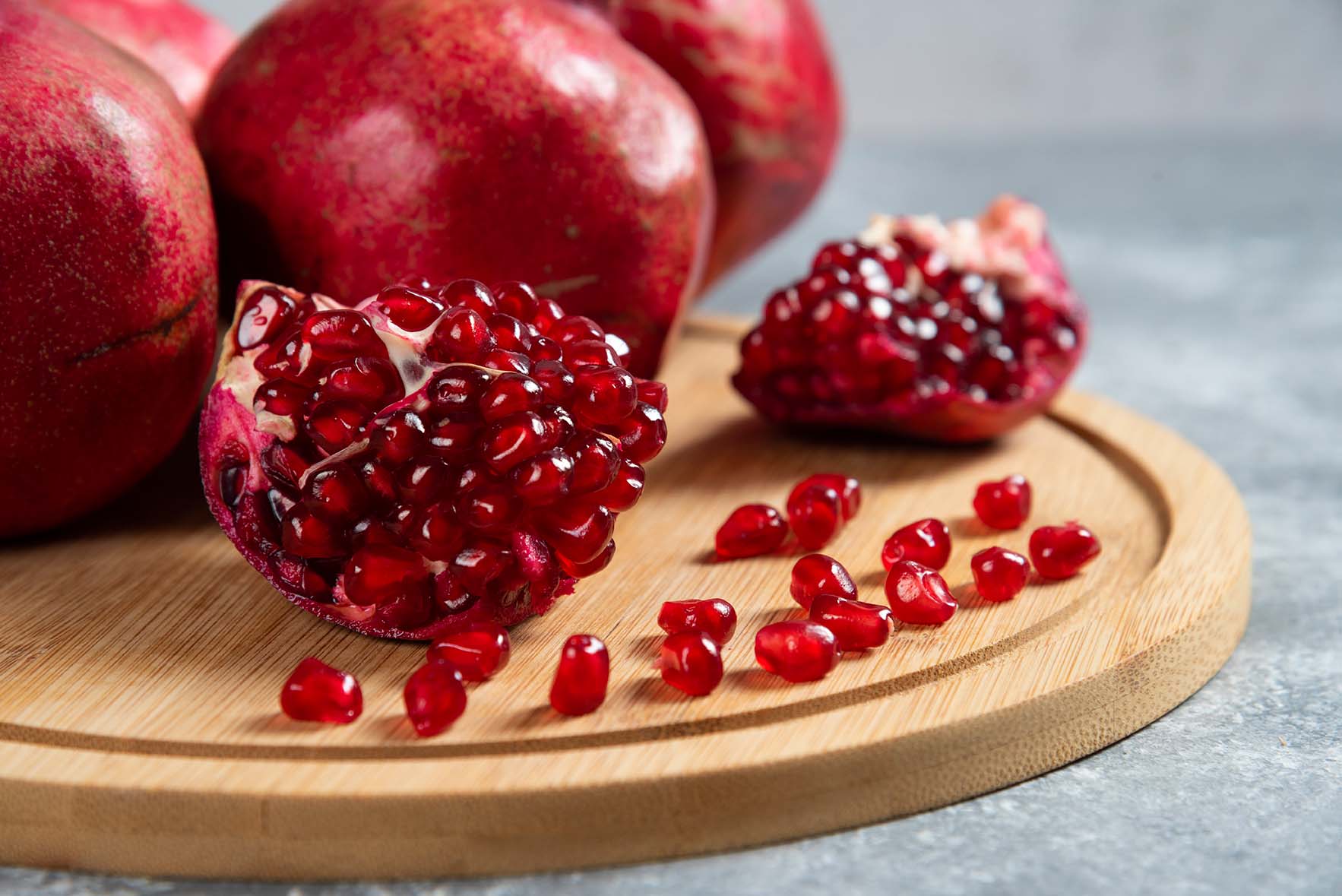

Articles
How To Store Pomegranate Seeds In The Fridge
Modified: March 24, 2024
Learn the best way to store pomegranate seeds in the fridge for maximum freshness. Follow our step-by-step guide in this informative article.
(Many of the links in this article redirect to a specific reviewed product. Your purchase of these products through affiliate links helps to generate commission for Storables.com, at no extra cost. Learn more)
Introduction
When it comes to enjoying the delicious and nutritious benefits of pomegranates, there is no denying the appeal of their juicy and vibrant seeds. Pomegranate seeds are not only bursting with flavor, but they are also packed with antioxidants, vitamins, and minerals that can contribute to a healthy diet.
But what do you do if you have a surplus of pomegranate seeds? Storing them properly is key to preserving their freshness and extending their shelf life. One of the best methods for storing pomegranate seeds is to keep them in the fridge. This ensures that they stay fresh and ready to use whenever you need them, whether it’s for adding a pop of color to a salad or incorporating them into a smoothie.
In this article, we will guide you through the step-by-step process of storing pomegranate seeds in the fridge, ensuring that they retain their taste, texture, and nutritional value for as long as possible.
Key Takeaways:
- Store pomegranate seeds in the fridge to extend their shelf life, maintain juiciness, and preserve their nutritional value. Follow the step-by-step process for optimal storage and enjoy their delicious taste for up to a week.
- Keep pomegranate seeds dry, label and rotate your stock, and avoid direct sunlight to ensure their freshness. Consider freezing excess seeds for longer storage and enjoy their versatility in various recipes.
Why Store Pomegranate Seeds in the Fridge?
Storing pomegranate seeds in the fridge offers several benefits that help preserve their freshness and quality. Here are a few reasons why you should consider refrigerating your pomegranate seeds:
- Extended Shelf Life: Pomegranate seeds are perishable and can quickly lose their freshness if not stored properly. By placing them in the fridge, you can significantly extend their shelf life and enjoy their flavor and nutrients for a longer period.
- Maintains Juiciness: Pomegranate seeds are known for their juiciness, but exposure to heat and moisture can cause them to dry out. Refrigeration helps retain the natural moisture content, keeping the seeds plump and juicy until you’re ready to use them.
- Prolongs Nutritional Value: Pomegranate seeds contain a host of beneficial compounds like antioxidants, vitamins, and minerals. These nutrients are susceptible to degradation when exposed to light, heat, and air. Storing the seeds in the fridge helps slow down this process, ensuring that you get the maximum nutritional benefit from each seed.
- Preserves Color and Texture: The vibrant red color and crunchy texture of pomegranate seeds are what make them visually appealing. By refrigerating them, you can retain their vivid color and satisfying crunch, making them a delightful addition to various dishes.
- Convenient Availability: Having a stash of pomegranate seeds in the fridge means they are always at your fingertips, ready to be added to any recipe or enjoyed as a snack. This convenience can save you time and effort in the kitchen, as you won’t have to go through the process of extracting fresh seeds each time you want to use them.
By understanding the benefits of refrigerating pomegranate seeds, you can ensure that you make the most out of these nutritious gems and enjoy their freshness for an extended period.
Step 1: Preparing the Pomegranate
Before you can store pomegranate seeds in the fridge, you’ll need to properly prepare the pomegranate itself. This involves removing the skin and separating the seeds from the inner membrane. Follow these steps to prepare the pomegranate:
- Choose a ripe pomegranate: Select a pomegranate that feels heavy for its size and has a vibrant, red color. Avoid ones with bruised or cracked skin.
- Wash the pomegranate: Rinse the pomegranate under cold water to remove any dirt or debris on the surface.
- Score the skin: Use a sharp knife to make shallow cuts around the crown of the pomegranate. This will help you remove the top later.
- Remove the crown: Gently twist and pull the crown of the pomegranate to detach it from the fruit.
- Score the skin along the ridges: Make vertical cuts along the ridges of the pomegranate, taking care not to cut too deeply into the seeds.
- Break the pomegranate apart: Hold the pomegranate over a large bowl and use your hands to gently pry it apart along the scored lines. The pressure from your hands should cause the seeds to loosen and fall into the bowl.
- Separate any remaining membrane: Once the pomegranate is broken apart, remove any remaining pieces of white membrane that may be attached to the seeds. This will ensure that you’re left with only the juicy seeds.
Once you have successfully prepared the pomegranate and extracted the seeds, you’re ready to move on to the next step: storing the seeds in the fridge.
Step 2: Removing the Seeds
Now that you have prepared the pomegranate, it’s time to remove the seeds. Follow these steps to extract the seeds from the pomegranate:
- Fill a large bowl with water: Fill a bowl with cool water. This will make it easier to separate the seeds and prevent the juice from staining your hands or work surface.
- Time to submerge: Place the scored pomegranate sections in the bowl of water. Allow them to soak for a few minutes. This will help loosen the seeds and make them easier to remove.
- Get ready to work: Working with one pomegranate section at a time, hold it underwater and gently separate the seeds from the membrane using your fingers. The seeds should sink to the bottom of the bowl while the remaining membrane floats to the surface.
- Repeat the process: Continue this process with the remaining pomegranate sections until all the seeds have been extracted. If needed, you can change the water to make it easier to see and collect the seeds.
- Discard any unwanted debris: Once you have separated all the seeds, skim off any floating membranes or debris from the surface of the water.
After following these steps, you should be left with a bowl full of beautiful, juicy pomegranate seeds, ready to be cleaned and stored in the fridge.
Step 3: Cleaning the Seeds
After removing the seeds from the pomegranate, it’s important to clean them thoroughly to ensure that any residual debris or impurities are removed. Follow these steps to clean the pomegranate seeds:
- Transfer the seeds: Use a strainer or colander to transfer the seeds from the bowl of water to another clean bowl. This will help separate the seeds from any remaining water.
- Rinse the seeds: Give the seeds a gentle rinse under cold running water to remove any remaining traces of the pomegranate membrane or debris.
- Inspect the seeds: Take a close look at the seeds and remove any seeds that appear discolored, damaged, or shriveled. This will ensure that you only store the highest quality seeds.
- Drain excess water: Allow the seeds to drain in the colander or strainer for a few minutes to remove any excess water.
Once the seeds are clean and drained, they are ready to be dried before storing them in the fridge. This will help prevent them from becoming moldy or spoiling quickly.
Place the pomegranate seeds in an airtight container or resealable bag before storing them in the fridge. This will help keep them fresh for up to 5 days.
Read more: How Many Pomegranate Seeds In A Pomegranate
Step 4: Drying the Seeds
Properly drying the pomegranate seeds is an essential step before storing them in the fridge. This helps remove excess moisture, which can lead to spoilage. Follow these steps to dry the pomegranate seeds:
- Spread the seeds: Transfer the cleaned seeds to a clean kitchen towel or paper towels. Spread them out in a single layer to allow for proper airflow and drying.
- Pat dry: Gently pat the seeds with a kitchen towel or paper towels to absorb any excess moisture on the surface. Avoid rubbing the seeds too vigorously as this may damage them.
- Air dry: Leave the seeds to air dry for about 15-20 minutes. This will allow any remaining moisture to evaporate naturally.
It’s important to ensure that the seeds are completely dry before moving on to the next step. Any moisture left on the seeds can promote the growth of mold or cause them to spoil more quickly when stored in the fridge.
Once the seeds are dry, it’s time to proceed to the final step of storing them in the fridge.
Step 5: Storing the Seeds in the Fridge
Now that you’ve prepared, removed, cleaned, and dried the pomegranate seeds, it’s time to store them in the fridge to keep them fresh and flavorful. Here’s how you can store the seeds:
- Choose a storage container: Select an airtight container or resealable plastic bag that is spacious enough to accommodate the amount of pomegranate seeds you have. Make sure that the container is clean and dry before using.
- Transfer the seeds: Carefully transfer the dried pomegranate seeds into the storage container. Seal the container tightly to prevent any air or moisture from entering.
- Label the container: To keep track of the storage date, consider labeling the container with the date you stored the pomegranate seeds. This will help you monitor their freshness.
- Place in the fridge: Put the container of pomegranate seeds in the refrigerator. Find a cool spot in the fridge, such as the bottom shelf or the crisper drawer, where the temperature remains constant.
By storing the pomegranate seeds in the refrigerator, you can expect them to remain fresh for up to 5-7 days. However, it’s important to note that the quality of the seeds may start to deteriorate after a few days, so it’s best to consume them as soon as possible for the optimal flavor and texture.
Remember to avoid storing the seeds near strong-smelling foods, as they can absorb odors. Additionally, refrain from freezing the pomegranate seeds, as this can affect their texture and taste.
Now that you’ve successfully stored the pomegranate seeds in the fridge, you have a ready supply of this nutritious and delicious ingredient to add to your favorite recipes whenever you desire.
Tips for Storing Pomegranate Seeds
To ensure that your pomegranate seeds stay fresh and delicious for as long as possible, here are some useful tips for proper storage:
- Store in an airtight container: Use a sealed container or resealable plastic bag to prevent air and moisture from reaching the seeds. This helps maintain their freshness and flavor.
- Keep them dry: Moisture is the enemy when it comes to storing pomegranate seeds. Make sure the seeds are completely dry before storing them to prevent mold growth. Additionally, avoid washing the seeds just before storing them to preserve their texture.
- Check for ripeness: Only store fully ripe pomegranate seeds, as immature or unripe seeds may not last as long. Select fruits with vibrant red color and a sweet aroma for the best quality seeds.
- Label and rotate: Label the container with the date you stored the seeds to help keep track of their freshness. Additionally, aim to use the older seeds first and rotate your stock to ensure a consistent supply of fresh seeds.
- Avoid direct sunlight: Pomegranate seeds are sensitive to light, so store them away from direct sunlight. Exposure to light can cause the seeds to degrade and lose their nutritional value.
- Don’t remove the arils prematurely: It’s best to remove the seeds from the pomegranate and store them after you’re ready to use them. The arils are the protective covering of the seeds, and keeping them intact helps prolong their freshness.
- Consider freezing: If you have an abundance of pomegranate seeds, you can freeze them for longer storage. Place the seeds in an airtight container or freezer bag and store them in the freezer for up to 3 months. Thaw frozen seeds in the fridge before using.
By following these tips, you can ensure that your pomegranate seeds retain their flavor, juiciness, and nutritional benefits for an extended period, allowing you to enjoy them in various recipes whenever you please.
Conclusion
Storing pomegranate seeds in the fridge is a practical and effective way to preserve their freshness and extend their shelf life. By following the step-by-step process of preparing, removing, cleaning, drying, and storing the seeds, you can ensure that they remain delicious, juicy, and bursting with nutrients.
Refrigerating pomegranate seeds offers numerous benefits, including prolonging their shelf life, maintaining their juiciness, preserving their nutritional value, and retaining their vibrant color and texture. It also provides convenient accessibility, allowing you to enjoy the seeds whenever you want without the need for further preparation.
Remember to store the seeds in a clean, airtight container or resealable bag, and label them with the storage date. Keep them in a cool spot in the fridge to prevent spoilage and avoid storing them near strong-smelling foods that can affect their flavor.
Additionally, consider these tips for optimal storage: keep the seeds dry, choose ripe pomegranates, rotate your stock, protect the seeds from direct sunlight, and freeze any excess seeds if needed.
By properly storing your pomegranate seeds in the fridge, you can enjoy their delicious taste and reap the health benefits for up to a week. Whether you use them in salads, smoothies, desserts, or as a wholesome snack, pomegranate seeds are a versatile and nutritious addition to your culinary repertoire.
So, the next time you have a surplus of pomegranate seeds, don’t let them go to waste. Follow the steps and tips mentioned in this article to store them in the fridge and make the most out of these delightful gems!
Frequently Asked Questions about How To Store Pomegranate Seeds In The Fridge
Was this page helpful?
At Storables.com, we guarantee accurate and reliable information. Our content, validated by Expert Board Contributors, is crafted following stringent Editorial Policies. We're committed to providing you with well-researched, expert-backed insights for all your informational needs.
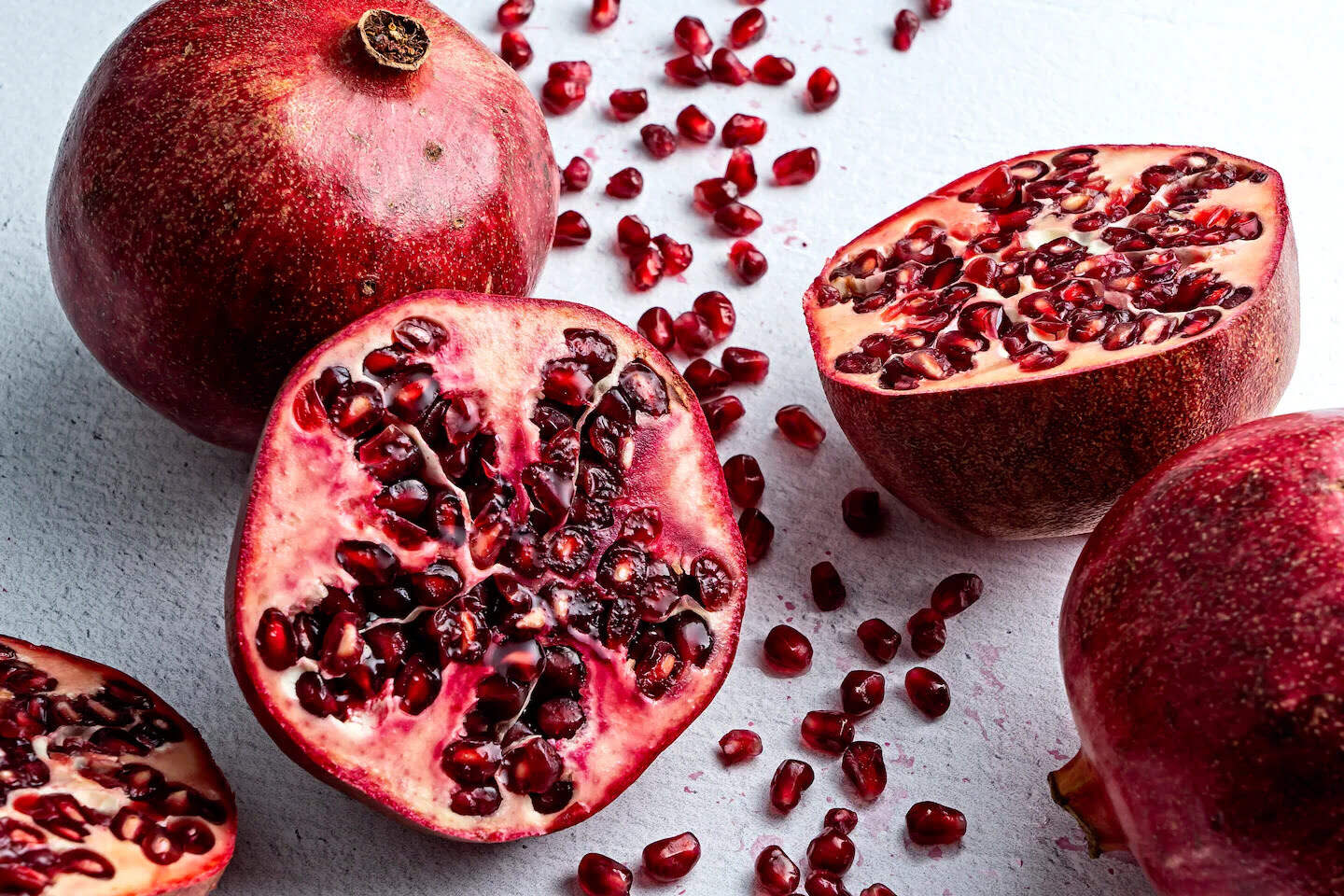
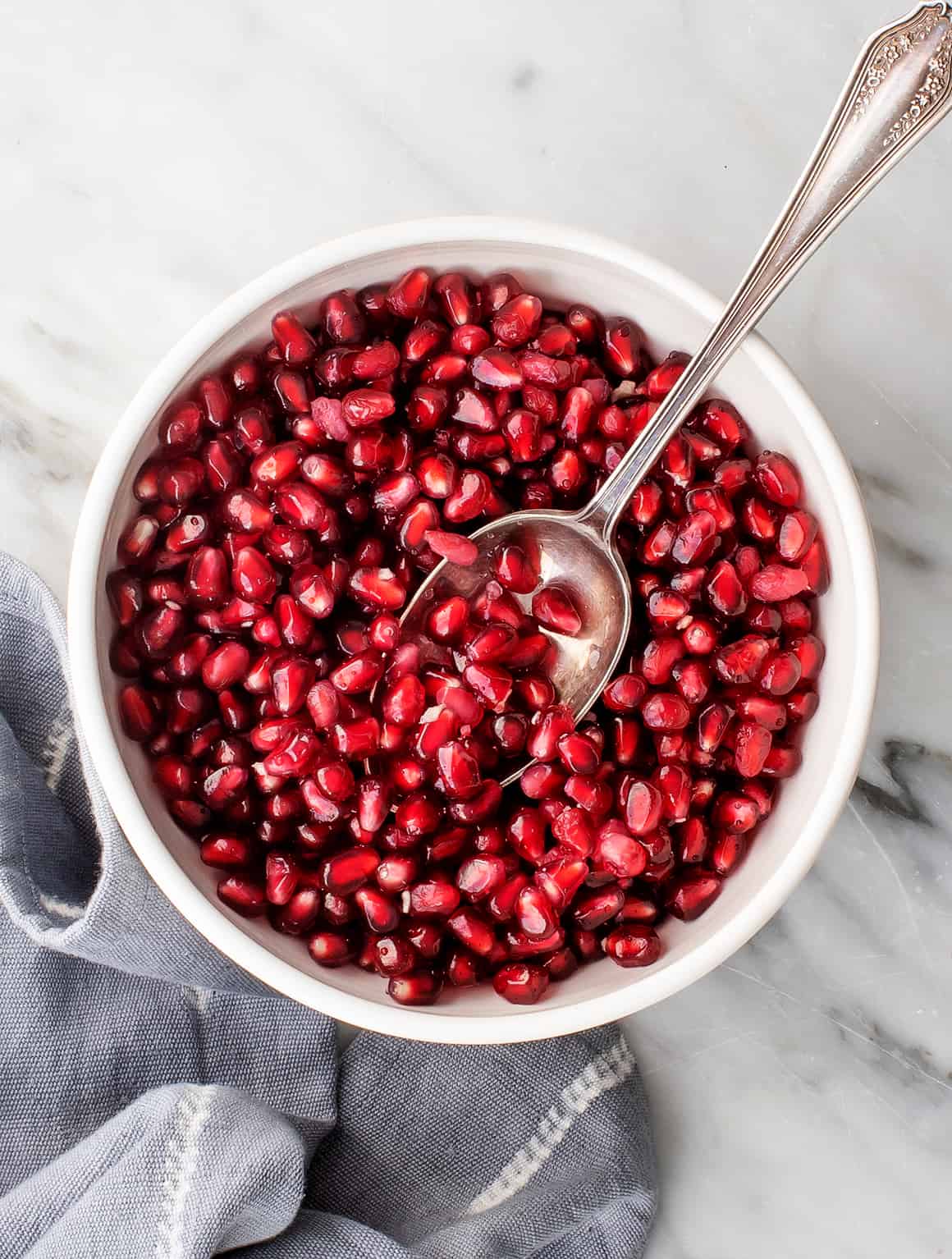
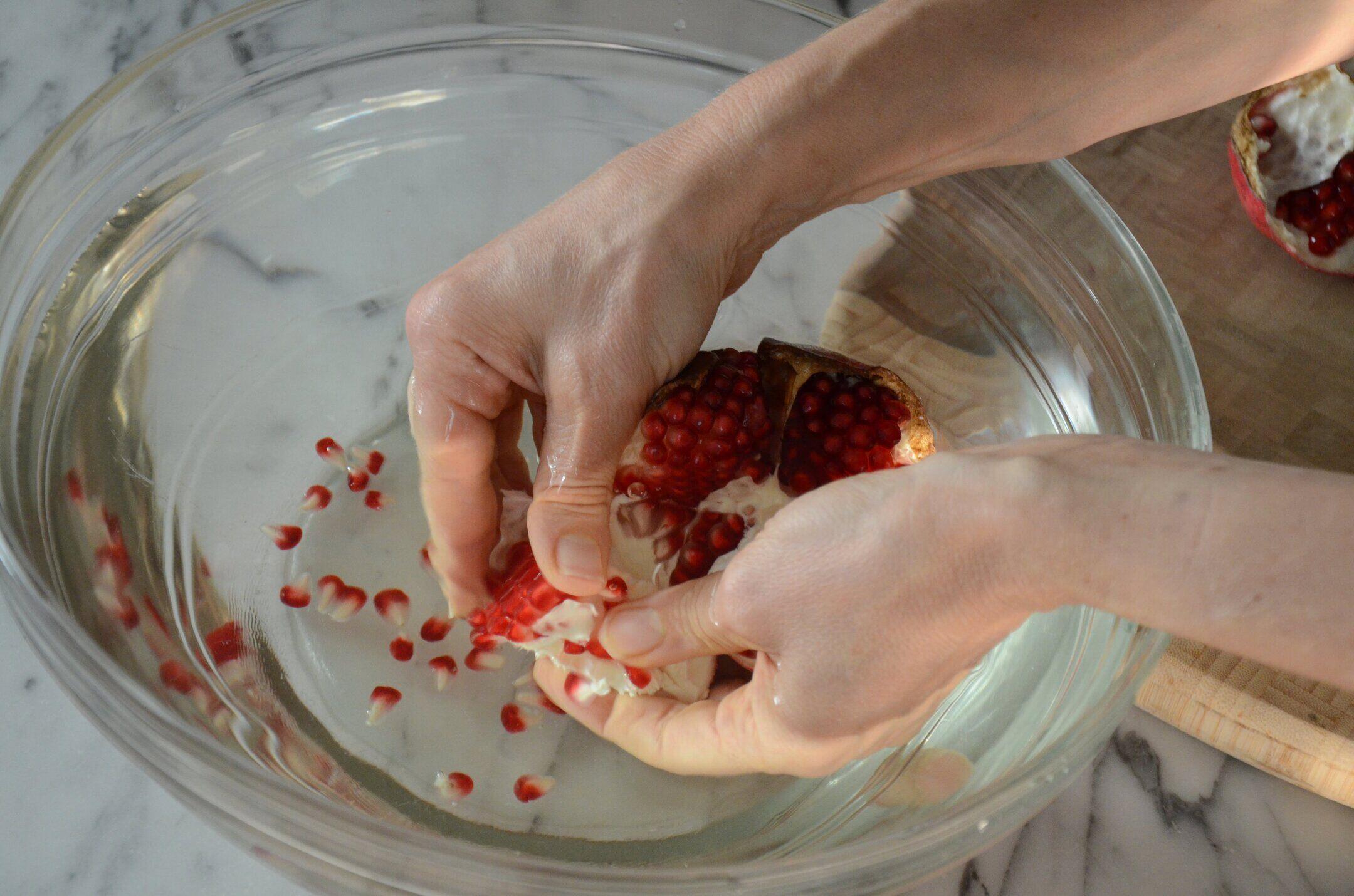
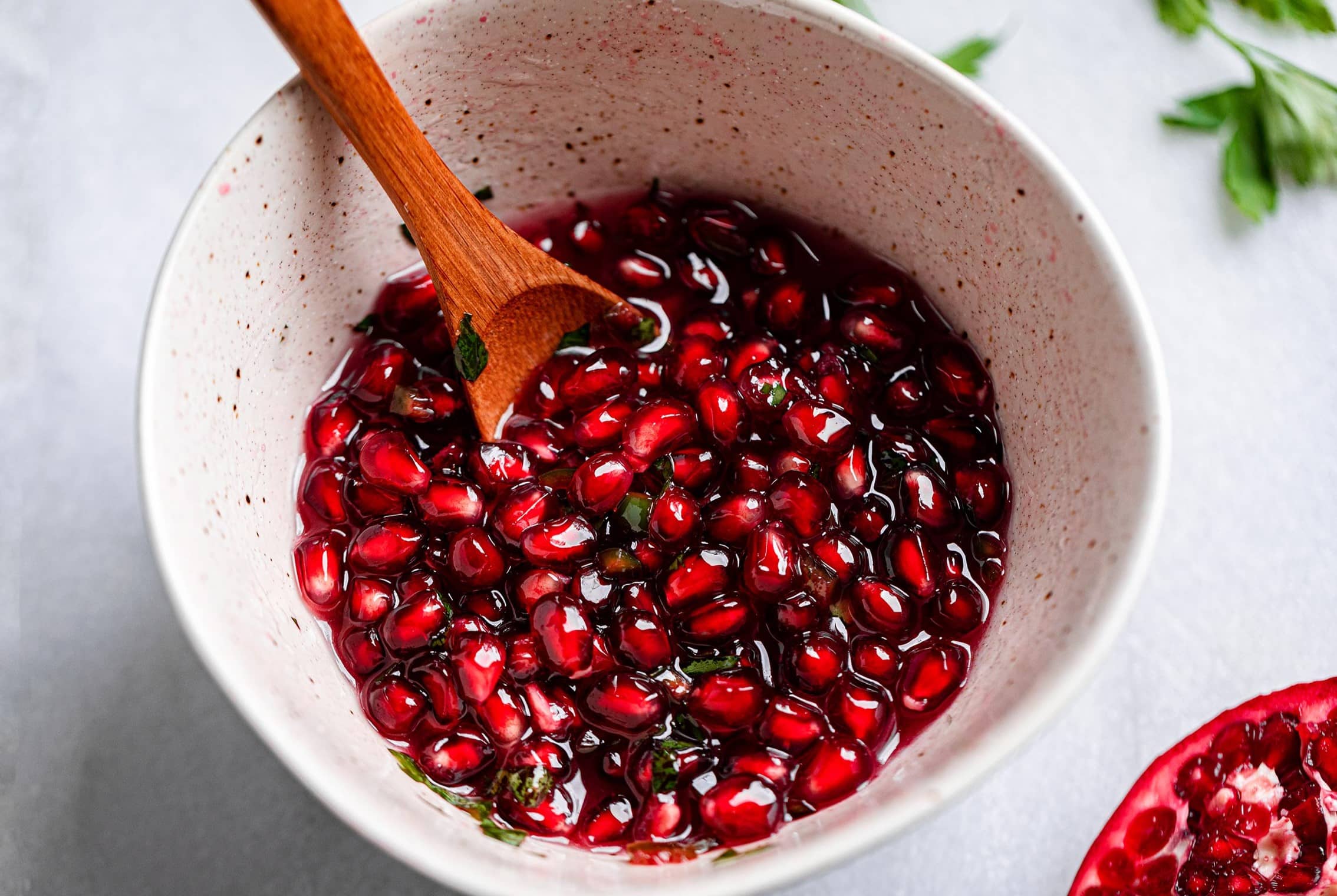
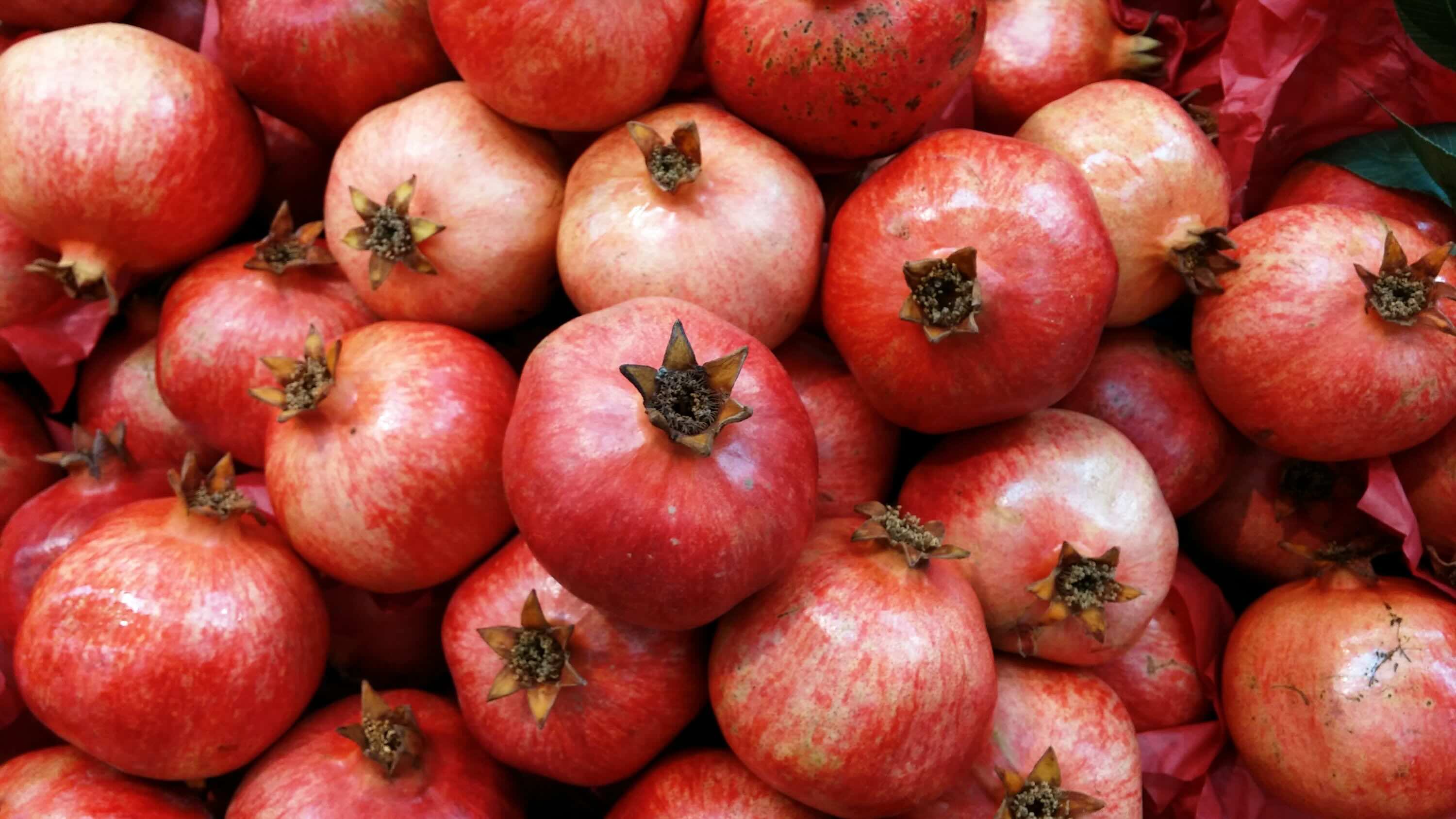
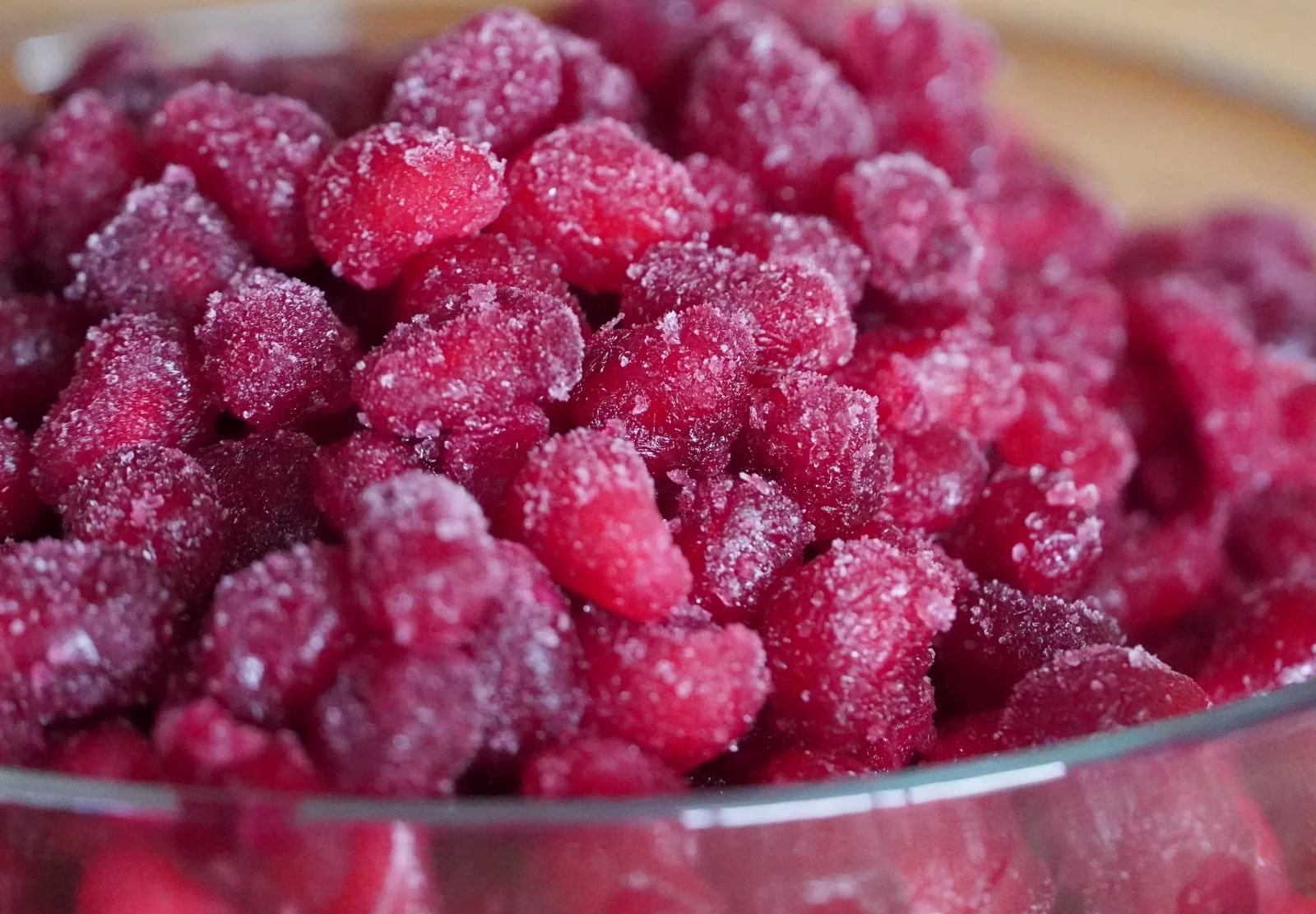
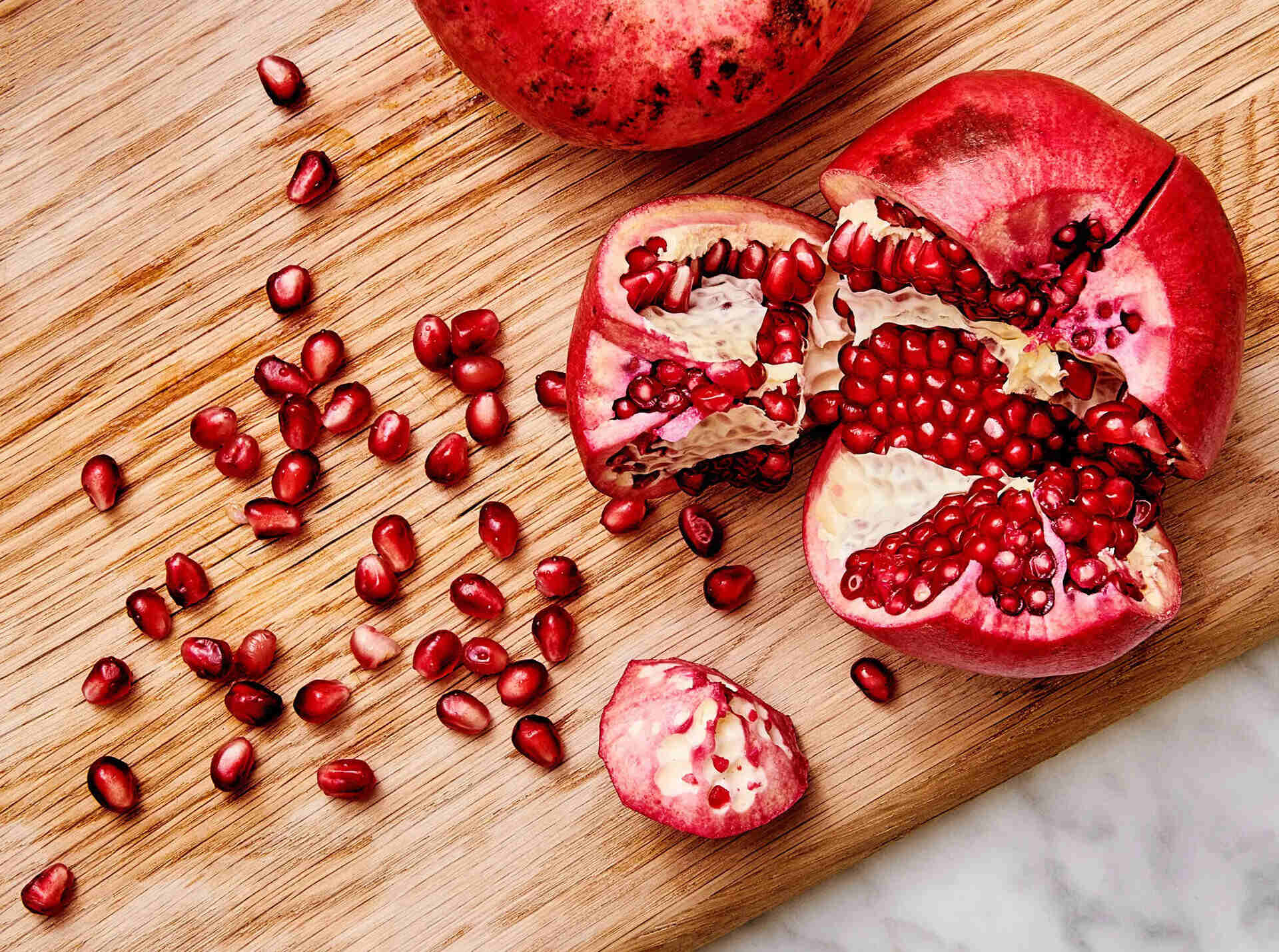

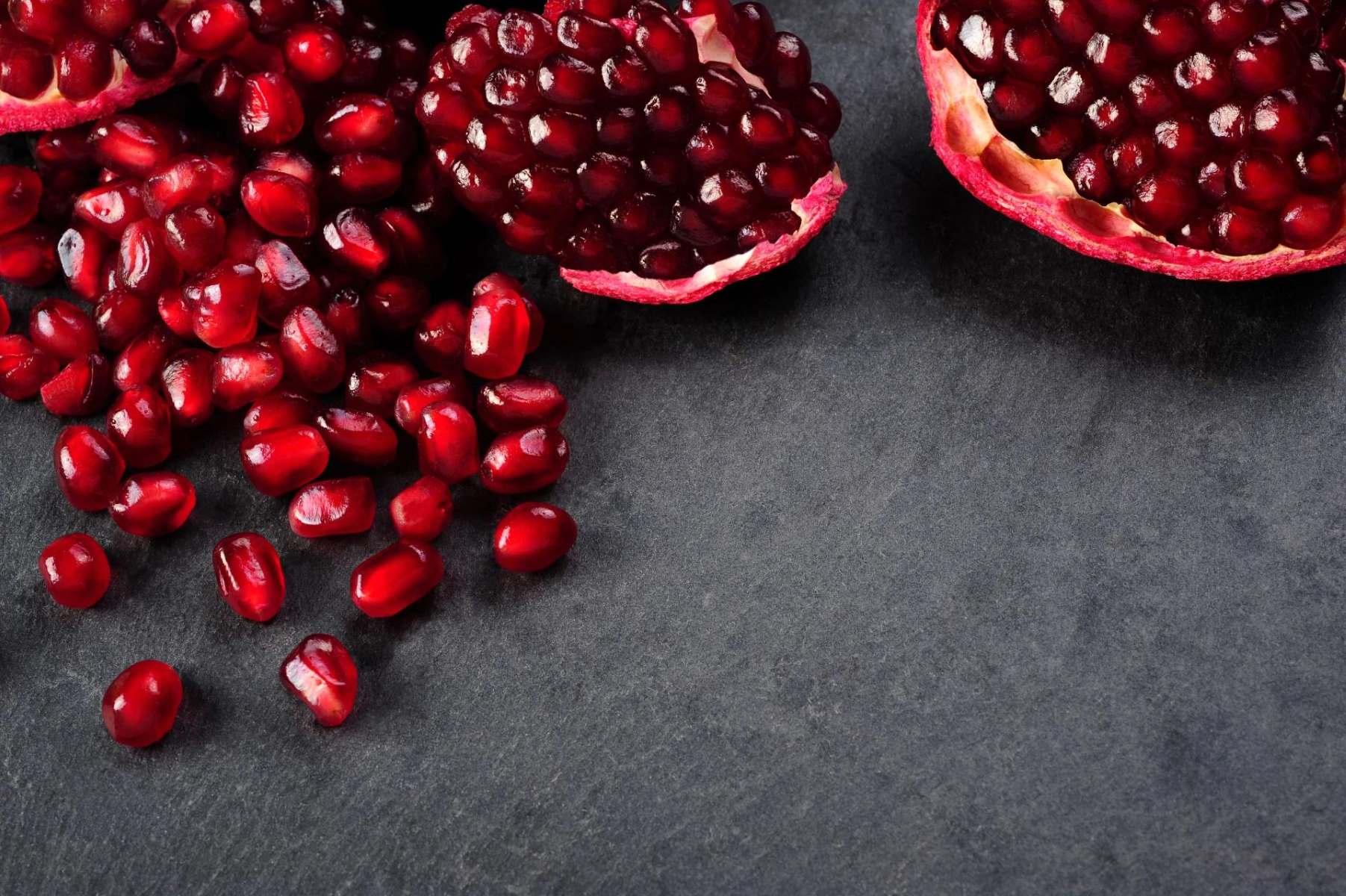
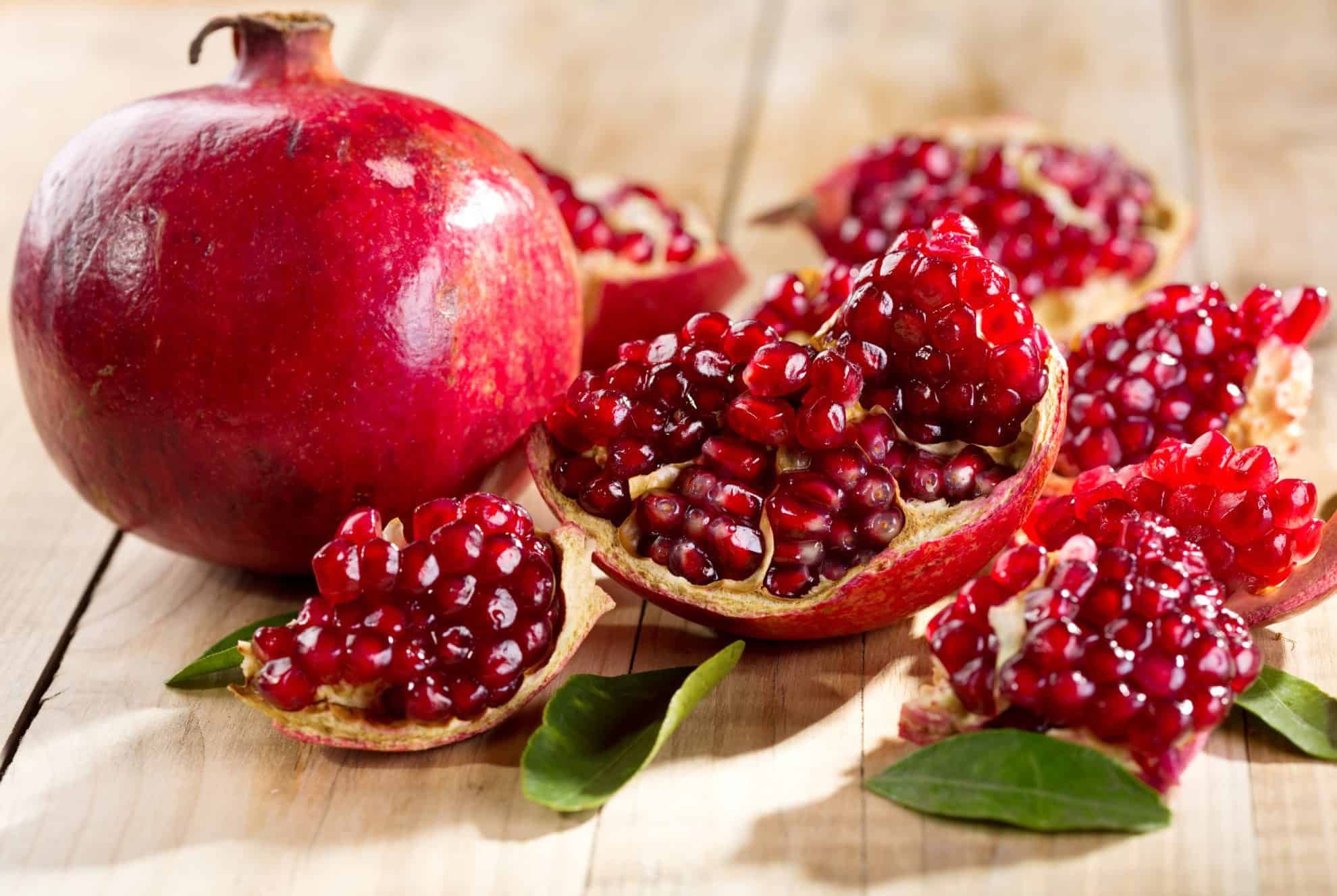
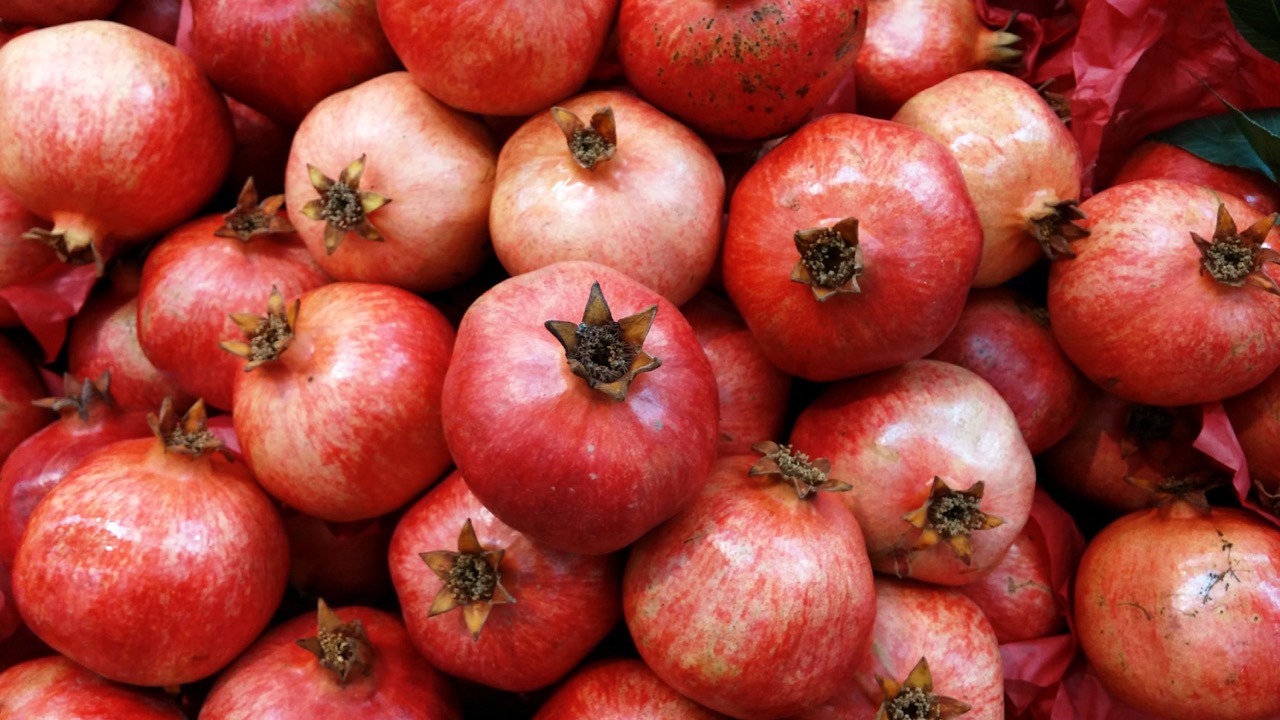
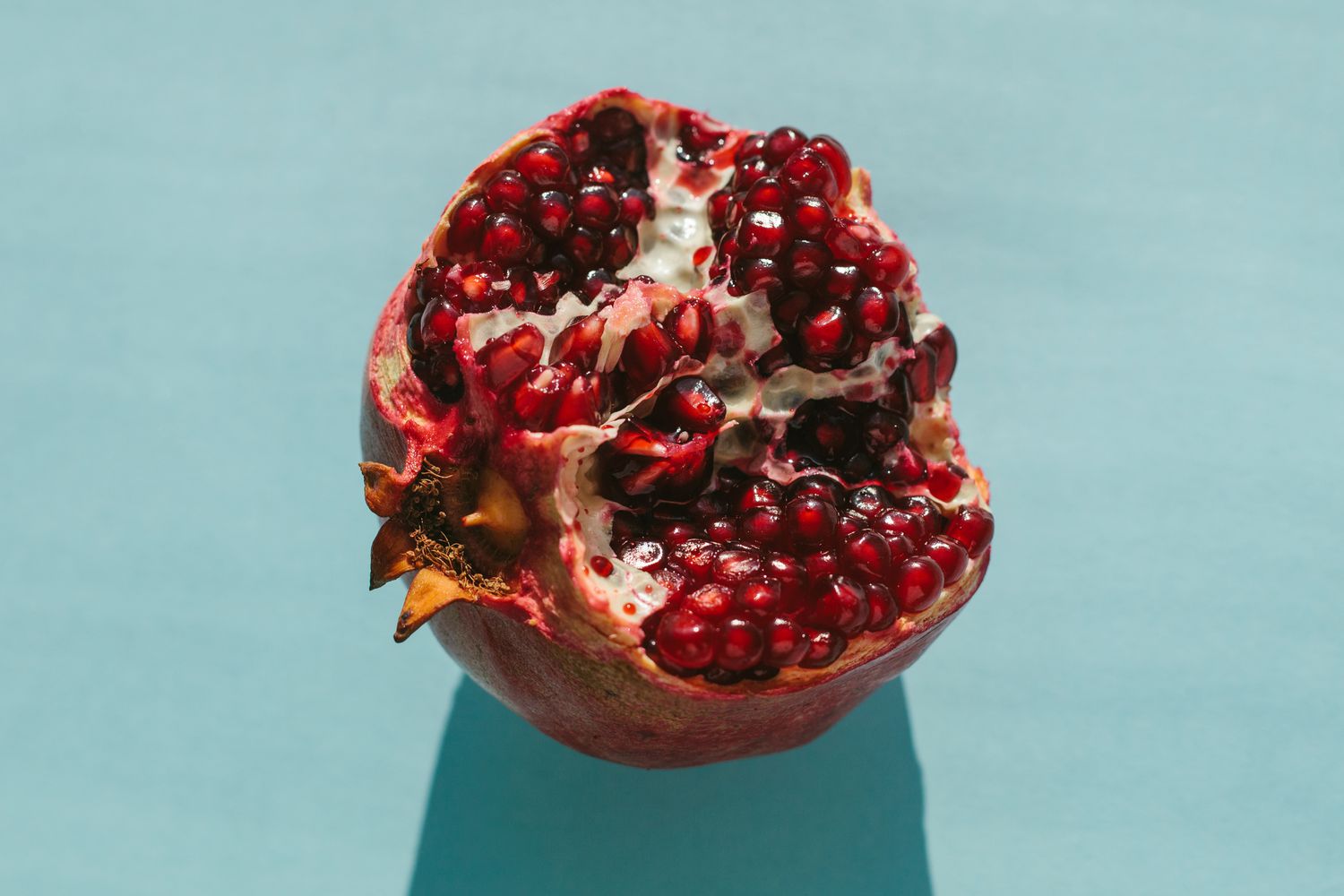
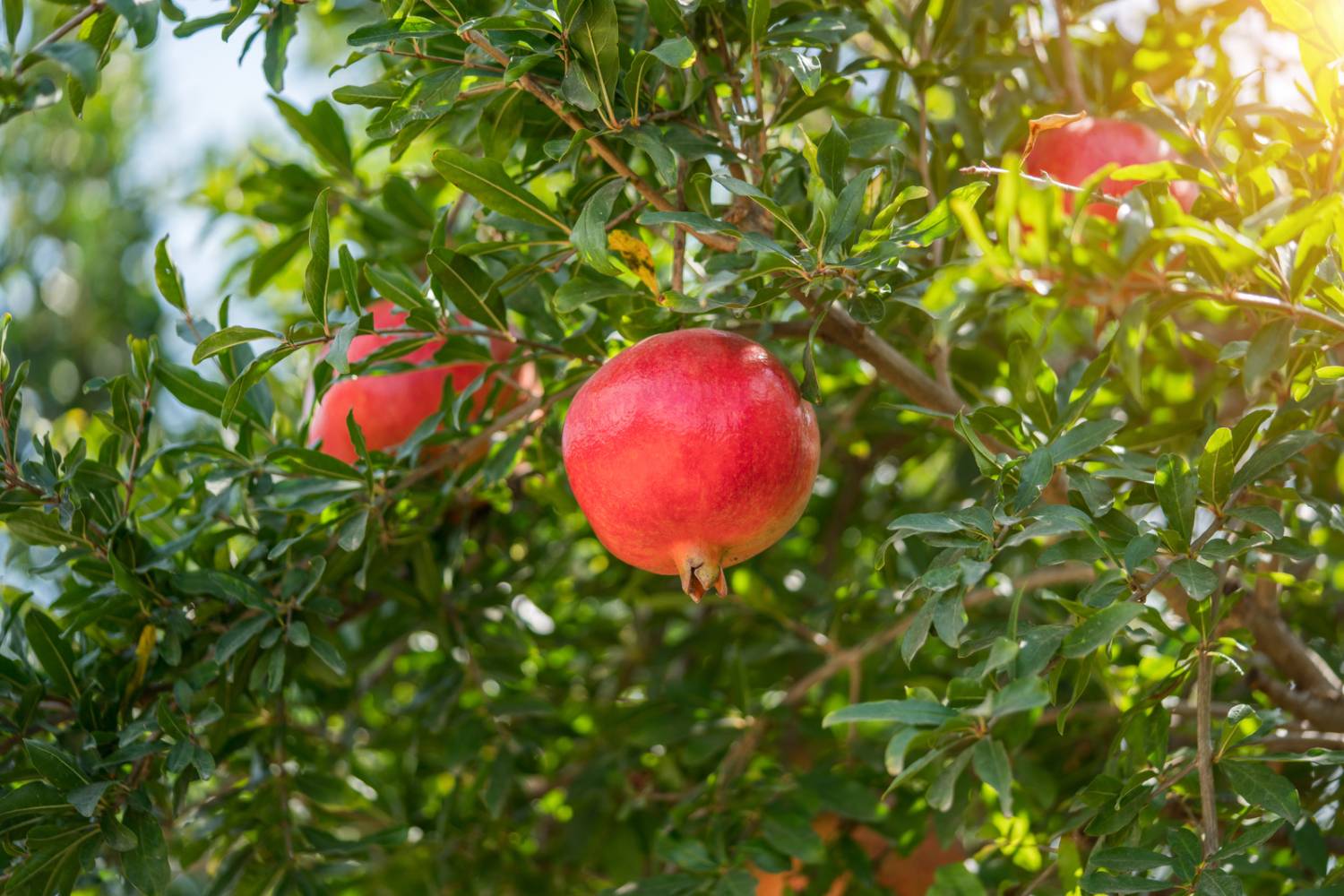
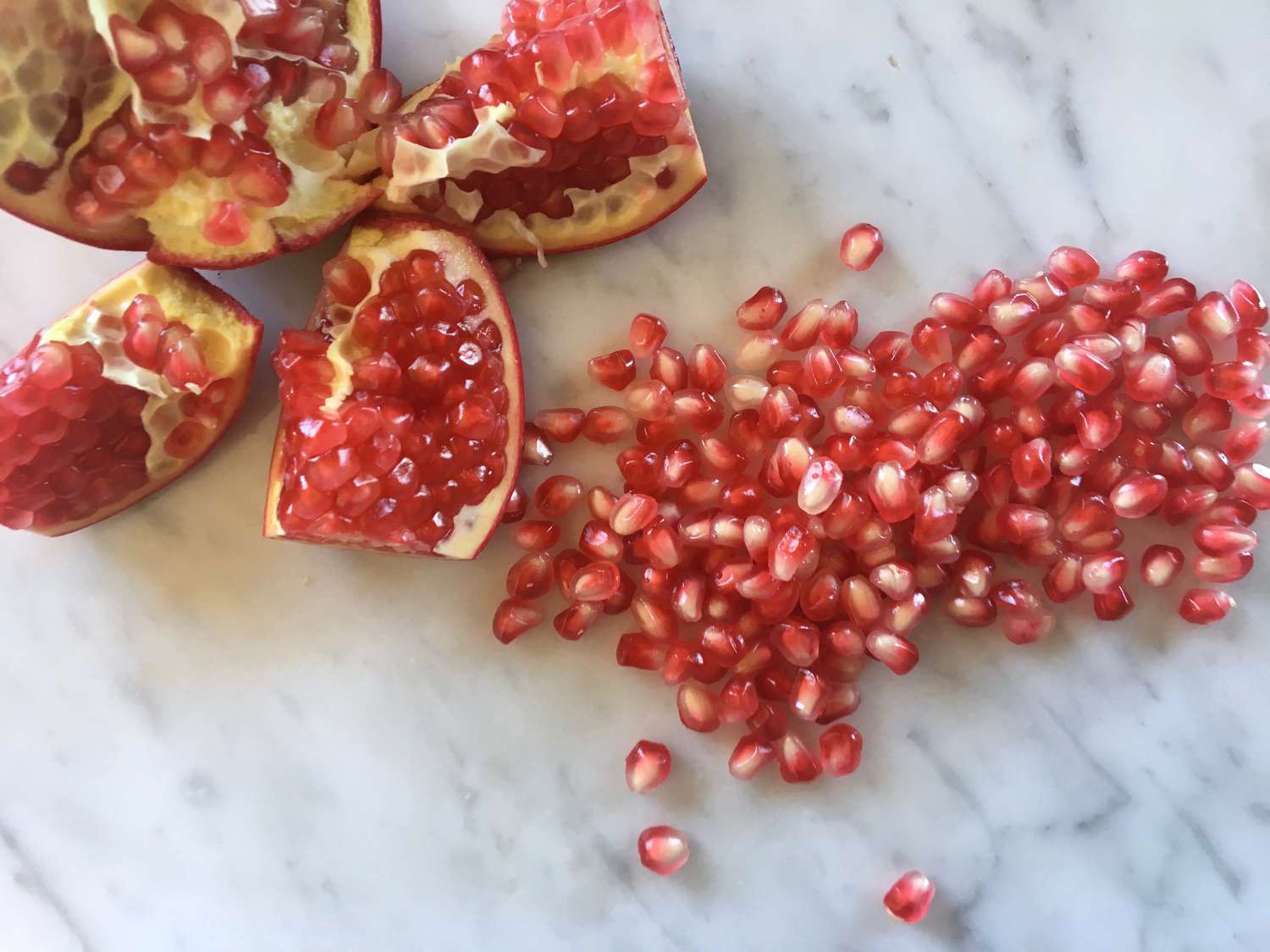

0 thoughts on “How To Store Pomegranate Seeds In The Fridge”